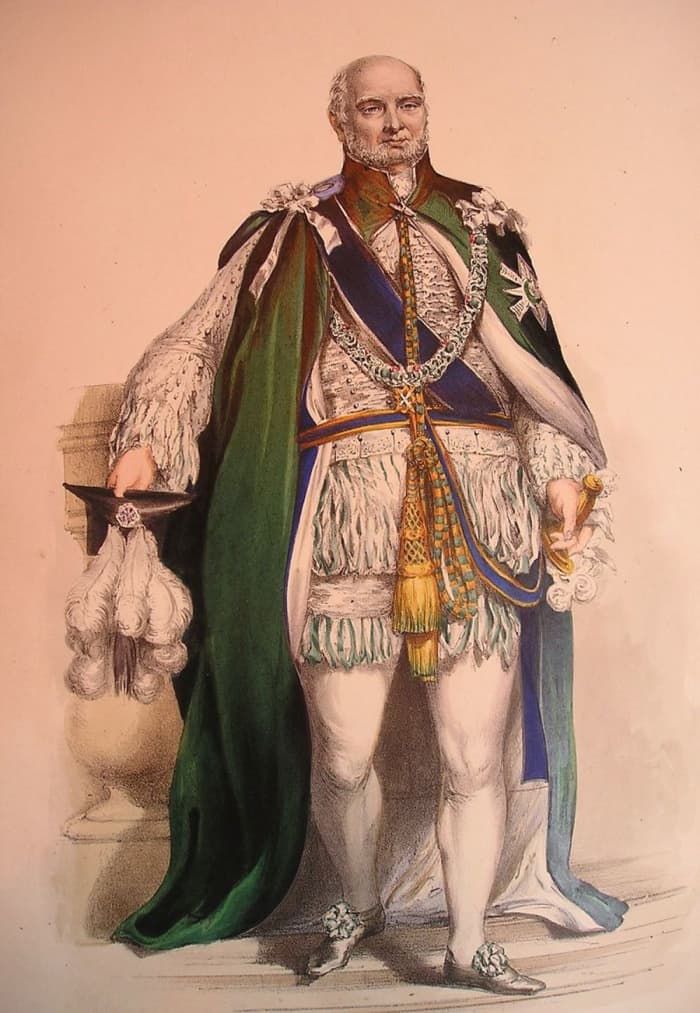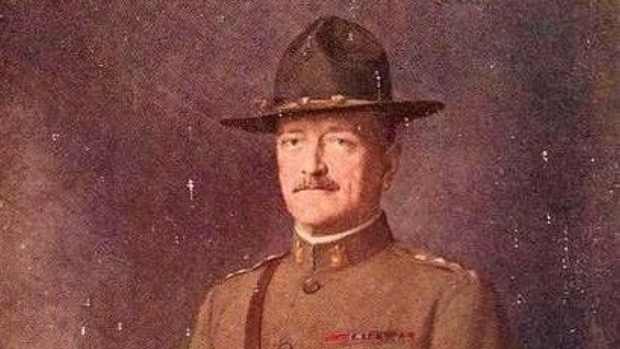Prince Augustus Frederick, Duke of Sussex: Life and Library

Prince Augustus Frederick, Duke of Sussex in the ceremonial robes of a knight companion of the Order of the Thistle.
Wikipedia Public Domain
The Academic Prince Augustus Frederick
Prince Augustus Frederick was the 9th child and 6th son of King George III and Charlotte of Mecklenberg-Strelitz. He was born at Queen's House, later renamed Buckingham Palace, on 27th January 1773.
He was raised primarily by the royal governess Lady Charlotte Finch at Kew with two of his brothers Ernest and Adolphus. The royal family members resided in multiple properties on the Kew estate, so he saw his parents infrequently.
Augustus’ future was expected to be in the military, but he was diagnosed as an asthmatic, which made him ineligible for a military career. His education was steered towards academic pursuits, and he showed a genuine interest in art, science, literature, music, religion, Hebrew and bible studies.
As he matured, he became liberal in his politics, championed the abolition of slavery, catholic emancipation and an easing of restrictions placed on the Jewish community. In 1815, he became a patron of the Jews' Hospital and Orphan Asylum, which today is the charitable organisation Norwood; Queen Elizabeth II is their patron.
The University of Gottingen and Royal Travels
On 6th June 1786, Augustus was made a Knight of the Order of the Garter with Ernest and Adolphus. The following month, the brothers travelled to the University of Göttingen in Hanover to study.
Augustus briefly considered joining the clergy, but after attending university, he instead travelled around Europe at the suggestion of the royal physicians who thought the British winters exacerbated his asthma symptoms so he’d be healthier abroad. He grew restless and hinted to George III that he wanted to return home, but the king did not answer his letters. Augustus, lacking purpose, continued to roam.
Lady Augusta Murray: Illegal Marriage #1
Augustus had an illegitimate daughter with a “Miss Tranter” (her first name isn’t known but she may have been called Mary). Lucy Beaufoy Tranter was raised by an innkeeper and his wife in Windsor. There were suggestions that Augustus secretly married Miss Tranter, but there’s no proof.
Prince Augustus’ 1st confirmed illegal marriage was to Lady Augusta Murray, the 2nd daughter of the 4th Earl of Dunmore and Lady Charlotte Stewart whom he met during the winter of 1792-1793 in Italy. Augustus and Augusta shared the 27th January as a birthday but Augusta was 5 years older than the prince.
She initially rejected his marriage proposal because she was not of royal birth, and she realised that George III would have vetoed the match. Augusta reconsidered, and they were married at the Hotel Sarmiento in Rome on the 4th of April 1793. No witnesses were present, and the clergyman was sworn to secrecy.
Text From the Royal Marriages Act 1772
That no descendant of the body of his late majesty King George the Second, male or female, (other than the issue of princesses who have married, or may hereafter marry, into foreign families) shall be capable of contracting matrimony without the previous consent of his Majesty, his heirs, or successors, signified under the great seal, and declared in council.

St. George's Church, Hanover Square, London (Thomas Malton, 1787). This was the scene of Augustus and Augusta's 2nd wedding ceremony.
Wikipedia Public Domain
George III's Reaction to Augustus’ Marriage
On 5th December 1793, the couple secretly married again, this time at St. George's Church in Hanover Square. London. They used the pseudonyms of Augustus Frederick and Augusta Murray. Augusta was not a princess, nor was she styled Her Royal Highness.
When George III finally discovered that Augustus had married in contravention of the Royal Marriages Act 1772, he was wholly unsympathetic and arranged for an annulment, which became official in August 1794. The couple stayed together, lived extravagantly and gathered countless debts as the years passed. This was a habit he shared with his brothers.
He and Augusta had two children, Augustus Frederick, born on the 13th of January 1794, and Augusta Emma, who was born on the 11th of August 1801. Augustus gave his children the surname d'Este in recognition of their ancestry. The House of Este included the dukes of Brunswick and Lüneburg and the kings of Hanover, titles held by George III. The king ignored the fact that these children existed.
Augusta Murray Was Not the Duchess of Sussex
In 1801, Augustus and Augusta separated after George III offered Augustus the chance as a single man to claim a dukedom and an increased parliamentary allowance of £12000 per annum. Augustus was given the titles of Duke of Sussex, Earl of Inverness and Baron Arklow.
Augusta was awarded custody of the children and brokered a settlement of £4000 per annum. Augusta and the children relocated to Mount Albion House in Ramsgate, Kent.
In 1806, she was permitted via a royal license to use the surname D'Ameland instead of Murray. She incurred the king and Augustus' displeasure by calling herself the Duchess of Sussex. She was not legally entitled to do so.
“Prince and Princess of Sussex”
In 1809, Augustus claimed sole custody of his son and daughter after he learned that Augusta was raising them to expect a lavish royal lifestyle as the "Prince and Princess of Sussex".
Lady Augusta D'Ameland died in Ramsgate, Kent, on 5th March 1830, aged sixty-two.
Augustus d'Este invited criticism in the 1830s by claiming that his marriage had been legitimate and that, in time, he would be the 2nd Duke of Sussex. The House of Lords rejected his claim, and the title became extinct when his father passed away.

Augustus d'Este. His was the first recorded case of multiple sclerosis in history. He was not allowed to be Duke of Sussex.
Wikipedia Public Domain
Cecilia Buggin: Illegal Marriage #2
Augustus married the widow Cecilia Buggin on the 2nd May 1831 but as with Augusta Murray, this union was illegal according to the Royal Marriages Act. By this time Augustus’ eldest brother William (IV) was the king and Augustus incurred some royal wrath.
Cecilia could not use the titles of princess or Duchess of Sussex so she changed her surname from Buggin to Underwood, her mother’s maiden name, to illustrate her change in status.
Augustus and Cecilia lived in Apartment 1, comprised of over 40 rooms, in the southwest of Kensington Palace. (Today's Apartments 1 and 1a.)
Augustus was Queen Victoria’s favourite uncle and she liked Cecilia. In 1840 Victoria created Cecilia the Duchess of Inverness to elevate her status and to counter the issues with protocol that had left Cecilia at a disadvantage for the first 9 years of her marriage.

Cecilia Underwood, Duchess of Inverness. She was Augustus, Duke of Sussex's 2nd illegal wife.
Wikipedia Public Domain
Augustus’ Later Life
When Queen Victoria married Prince Albert of Saxe-Coburg-Gotha on the 10th February 1840 she was given away by Augustus and at her coronation, he, unlike his brothers, was greeted with cheering and applause.
Augustus was a godfather to Victoria and Albert’s first child, Princess Victoria.
Augustus died from erysipelas on the 21st April 1843. In accordance with his wishes, he was not given a state funeral and he was buried at Kensal Green Cemetery, London. He had worried that Cecilia might be denied a final resting place at a royal burial site and so chose a public one where they could be together after death.
After Augustus’ death, Cecilia resided at Kensington Palace until her own death on the 1st August 1873. She was buried beside Augustus.



